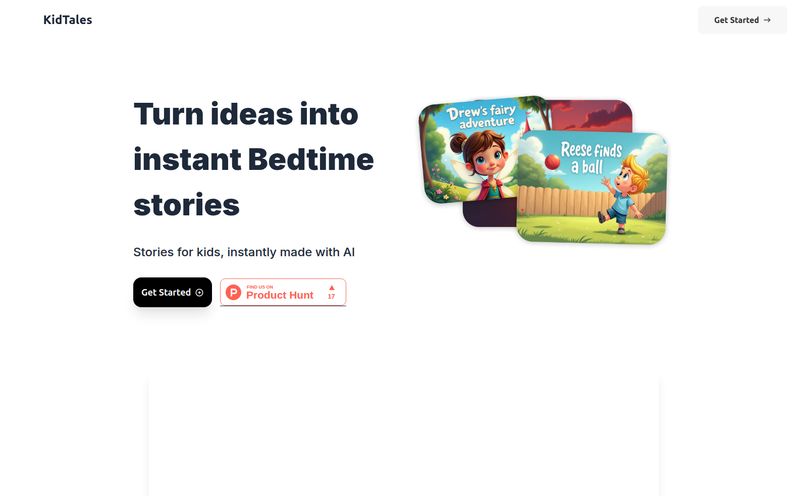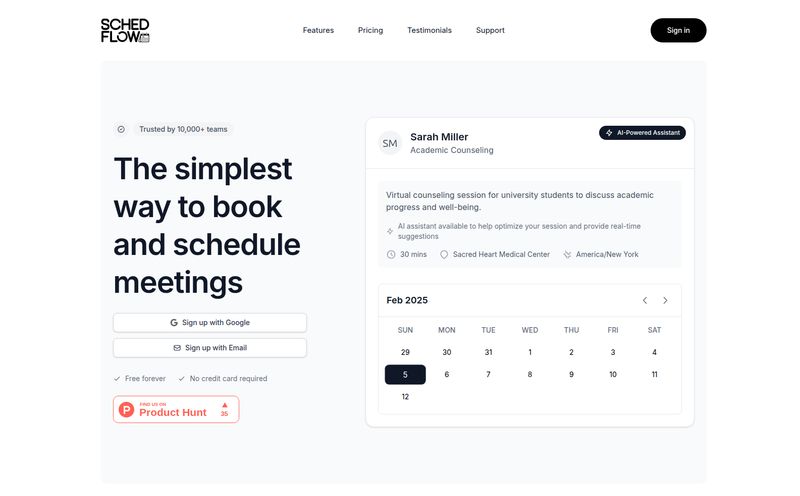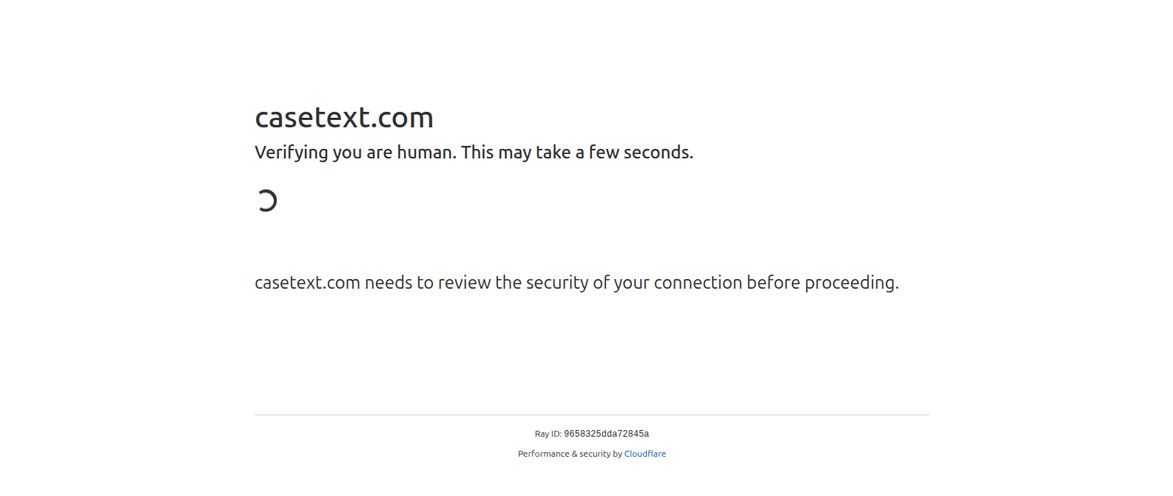You know the feeling. Every morning, you open your laptop, and it seems like a hundred new AI tools have been born overnight. It’s a bit like the Cambrian explosion, but for code. As someone who’s been in the SEO and digital marketing trenches for years, I’ve seen a lot of trends come and go, but the sheer velocity of the AI boom is something else. Most of it is noise. But every now and then, a concept pops up that makes you lean in a little closer.
That’s what happened when I first heard about JimmyGPT. The pitch was simple, almost elegant: create and share fully customized AI chatbots. Not just another ChatGPT wrapper with a slightly different color scheme. No, this was about crafting a unique AI persona from the ground up. An AI with a face, a backstory, a personality you designed yourself. My mind immediately started racing with the possibilities. But when I went to check it out, what I found was… well, not what I expected at all.
What Exactly Was JimmyGPT Supposed to Be?
Let’s back up. The idea behind JimmyGPT was genuinely cool. It was positioned as a sort of Build-A-Bear workshop for AI companions. The platform was supposed to let you take a base AI and give it a soul—or at least, a convincing digital facsimile of one.
The core features were straightforward but powerful:
- Custom Avatars: You could upload an image to be the face of your bot. Could be a professional headshot, a cartoon character, a picture of your cat. Anything.
- Personalized Backstory: This was the fun part. You could write a detailed history for your AI. Was it a time-traveling historian from the 23rd century? A grumpy coffee connoisseur who’d tasted every bean on Earth? You write the script.
- Unique Personality: Beyond the backstory, you could define its personality traits. Is it witty and sarcastic? Empathetic and nurturing? Infuriatingly pedantic? The choice was yours.
- Sharing is Caring: Once your AI creation was perfected, you could share a link with friends, family, or colleagues to let them interact with it.
The potential use cases were immediately obvious, from creating a brand mascot that can answer customer questions to building a study buddy bot for a history class, or just making a hilarious AI version of your best friend for a laugh. It’s the kind of personalization that people are clamoring for.

Visit JimmyGPT
The Investigation: So, Where Did It Go?
So, with all this promise, I did what any curious blogger would do. I grabbed my digital magnifying glass and went searching for the JimmyGPT website, ready to create my own snarky SEO-bot that only gives advice in the form of limericks. I found the link, clicked with anticipation, and was greeted by… a blank, blue screen. And then, the dreaded words: 404. This page could not be found.
Poof. Gone. Vanished into the digital ether. No “we’re under maintenance” message. No “coming soon” page. Just a clean, cold 404 error. Its a bit like showing up to a party you were really excited about, only to find an empty house and a single balloon floating sadly in the corner.
What does this mean? It could be anything, really. Maybe it was a beta project that was taken offline. Perhaps the developers ran out of funding or hit a technical wall. It could even be a stealth rebrand happening behind the scenes. In the fast-moving AI world, projects can appear and disappear in the blink of an eye. It's a stark reminder of the volatility of this space.
Lessons From a Ghostly AI Tool
Even though JimmyGPT seems to be a ghost for now, the concept itself gives us a lot to think about. It highlights both the massive appeal and the potential pitfalls of the new wave of AI tools.
The Double-Edged Sword of Platform Dependency
My first thought after hitting the 404 page was, “What if I had spent hours building the perfect AI persona on this platform?” It would be gone. This is the classic risk of building your digital house on someone else's land. When you rely entirely on a third-party platform, you’re at the mercy of their business decisions, their server uptime, their very existence. Its a cautionary tale for anyone, whether you're a content creator or a business, investing time in a new, unproven tool.
The All-Important Pricing Question
Another missing piece of the puzzle was any information about pricing. There was no pricing page to be found. This is a huge red flag for me. Was it going to be free? Ad-supported? A freemium model like so many others? Or a hefty enterprise subscription? Without transparency, it's impossible to know if it would have been a viable tool for a small business or just a fun toy. I've always believed that if you don't know what the product is, you are the product.
Finding Alternatives in the AI Chatbot Arena
The disappearance of JimmyGPT doesn't mean the dream of creating a custom AI chatbot is dead. Far from it. The idea is so good that, of course, other platforms are already doing it—and doing it well. If you were excited by the concept, here are a couple of solid places to check out:
- Character.AI: This is probably the biggest and most well-known player in the custom chatbot space. It allows for incredibly deep character creation and has a massive community of users sharing their bots. You can talk to anyone from Socrates to your favorite video game character.
- Poe by Quora: Poe is another fantastic platform that lets you create custom bots. A neat feature here is that you can build your bot on top of different base models, like those from OpenAI or Anthropic, giving you more control over its core intelligence.
- Building Your Own with APIs: For the more technically inclined, you can always go straight to the source. Using the OpenAI API or a similar service, you can code your own chatbot from scratch, giving you total control and ownership. It’s more work, but your creation won’t ever disappear overnight.
Each of these has its own strengths, but they all deliver on that core promise of creating a unique AI you can interact with. So the dream lives on!
FAQs About Custom AI Chatbots
- What was JimmyGPT?
- JimmyGPT was a platform designed to let users easily create and share their own customized AI chatbots, complete with unique images, backstories, and personalities.
- Can I still use JimmyGPT?
- As of this writing, the website appears to be inactive and returns a 404 error, so it is not currently accessible. Its future is unknown.
- Why is creating a custom AI persona useful?
- It has many uses! For businesses, it can be a branded virtual assistant. For education, it can be a learning tool. For content creators, it can be a way to engage with an audience. And for personal use, it can simply be a source of entertainment and creativity.
- What are some good alternatives to JimmyGPT?
- Excellent, and more importantly, working alternatives include Character.AI and Poe by Quora. For those who can code, using the OpenAI or Anthropic API directly is also a powerful option.
- Is it hard to create your own AI chatbot?
- Using platforms like Character.AI, it’s incredibly easy. It’s mostly about writing and being creative. Building one from scratch with code requires technical skill but offers the most flexibility.
Final Thoughts on a Great Idea
The story of JimmyGPT is a fascinating snapshot of the current AI gold rush. It represents a fantastic idea that tapped into a real desire for personalization and creativity. While the execution or timing may have faltered, the concept is undeniably a winner. It serves as a great reminder to all of us in the tech world: having a great idea is only the first step. Execution, transparency, and simply keeping the lights on are what truly matter.
Will JimmyGPT ever return? Who knows. But its ghost haunts the web as a testament to a great idea, and for now, the dream it represented is being carried forward by others. And I’ll keep my eyes peeled for the next big thing, hoping the website actually loads this time.



